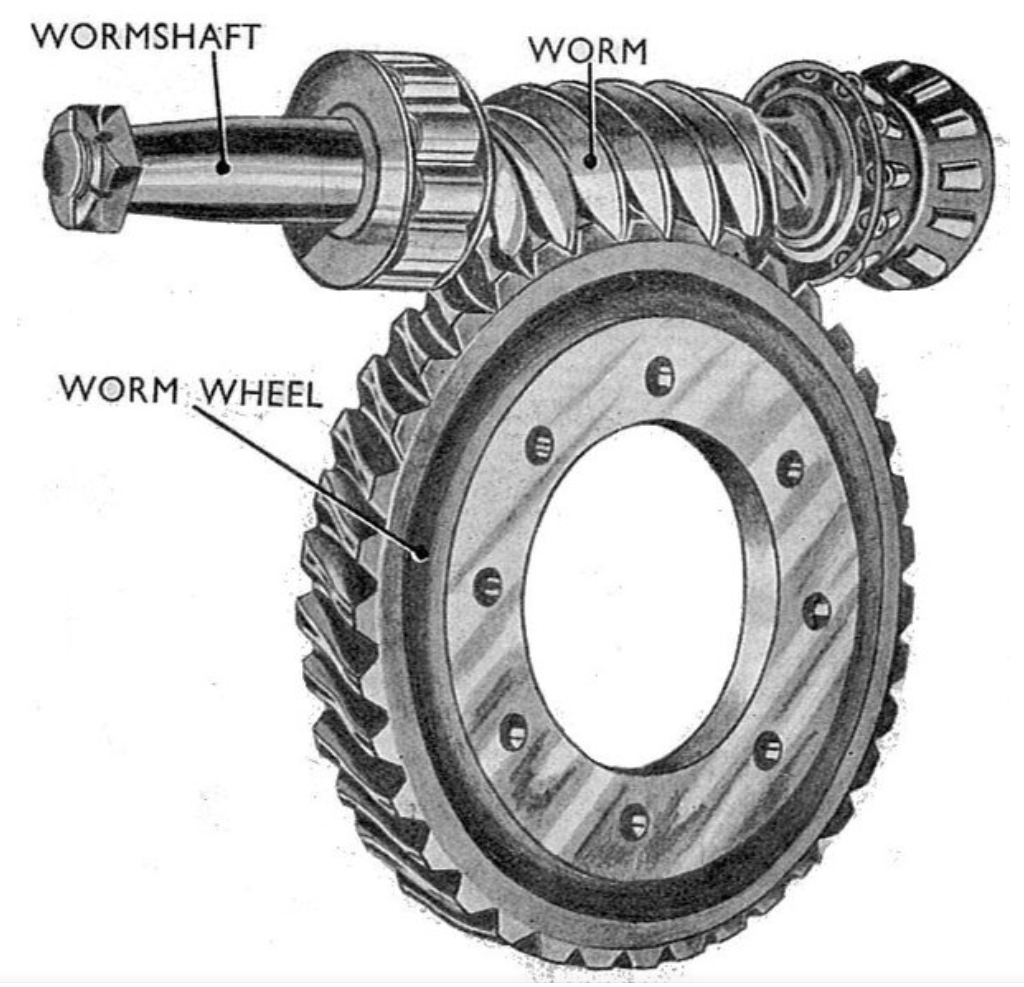In modern urban infrastructure, elevators play a critical role in vertical transportation, and their operational safety is paramount. As an integral component of elevator systems, the worm gear mechanism within the reduction box of asynchronous machines is subjected to significant stress and wear during operation. Traditional inspection methods, such as noise and vibration analysis, often detect failures only after severe damage has occurred, leading to potential safety hazards. To address this, I propose the application of oil monitoring technology as a non-destructive method to assess the wear condition of worm gears by analyzing the elemental composition of the lubricating oil. This approach enables early detection of wear, facilitating timely maintenance and enhancing elevator safety.
The worm gear system in asynchronous elevator reduction boxes consists of a worm and a worm wheel, where the worm acts as the driving component. During operation, the worm gear teeth experience cyclic stresses, leading to gradual wear. Common failure modes include adhesive wear, pitting, and bending fractures, often exacerbated by improper assembly, inadequate lubrication, material defects, or insufficient maintenance. For instance, when lubrication deteriorates, the friction between the worm and the worm wheel increases, accelerating wear and potentially causing catastrophic failures like tooth breakage. The wear process releases metallic particles, particularly iron (Fe), into the lubricating oil, making oil analysis an effective diagnostic tool.

Oil monitoring technology, also known as wear debris analysis, involves examining the physical and chemical properties of lubricants to evaluate machinery health. Techniques such as atomic spectroscopy, infrared analysis, and ferrous density measurement are employed to detect metal particles, including Fe, Cu, and Al, which indicate component wear. In the context of worm gear systems, the concentration of Fe elements serves as a key indicator of wear severity. The relationship between wear rate and elemental concentration can be expressed using the following formula: $$ W = \frac{\Delta C \cdot V}{t} $$ where \( W \) is the wear rate, \( \Delta C \) is the change in Fe concentration, \( V \) is the oil volume, and \( t \) is the operating time. This formula helps quantify the degradation of worm gear components over time.
To implement this technology, oil samples are periodically extracted from the reduction box of asynchronous elevators. Using instruments like the MOA II oil analyzer, the concentrations of small ferrous particles (C1), large ferrous particles (C2), and non-ferrous particles (C3) are measured. The ratio \( C4 = \frac{C2}{C1} \) is calculated to assess the wear mode. For example, a high C4 value indicates severe abrasive wear in the worm gear, often associated with tooth surface degradation. The evaluation criteria are summarized in the table below:
| Wear Evaluation Indicator | Level 1 (Normal) | Level 2 (Warning) | Level 3 (Abnormal) |
|---|---|---|---|
| Small Ferrous Particle Concentration C1 (n/V) | ≤ 16 | 16–18 | > 18 |
| Large Ferrous Particle Concentration C2 (n/V) | ≤ 7 | 7–8 | > 8 |
| Non-Ferrous Particle Concentration C3 (n/V) | ≤ 4 | 4–5 | > 5 |
| Particle Concentration Ratio C4 (n/V) | 0–0.4 | 0.4–0.6 | > 0.6 |
In practical applications, I have analyzed oil samples from multiple asynchronous elevator reduction boxes with varying service durations. For instance, in a case where the worm gear exhibited pitting and wear, the oil analysis revealed C3 = 5.5 and C4 = 0.7, corresponding to Level 3 (abnormal) wear. This aligned with visual inspections showing significant tooth damage. The wear progression in worm gears can be modeled using the Archard wear equation: $$ V = K \frac{F_n \cdot s}{H} $$ where \( V \) is the wear volume, \( K \) is the wear coefficient, \( F_n \) is the normal load, \( s \) is the sliding distance, and \( H \) is the material hardness. This equation emphasizes that higher loads and sliding distances, common in worm gear operations, accelerate wear, reinforcing the need for continuous oil monitoring.
Oil monitoring technology not only detects existing issues but also predicts future failures. By tracking trends in Fe concentration and other elements, maintenance schedules can be optimized. For example, if the Fe concentration increases exponentially, it may indicate imminent worm gear failure, prompting preemptive replacement. Additionally, the technology aids in selecting appropriate lubricants. The viscosity and additive package of the oil influence wear rates, and oil analysis can verify lubricant performance under operating conditions. The following formula relates viscosity change to wear: $$ \mu = \mu_0 e^{-\alpha t} $$ where \( \mu \) is the dynamic viscosity, \( \mu_0 \) is the initial viscosity, \( \alpha \) is the degradation coefficient, and \( t \) is time. A rapid decline in viscosity often correlates with increased worm gear wear due to reduced lubrication efficiency.
Comparative studies of oil samples from new and aged elevator systems further validate this approach. In new worm gear systems, Fe concentrations are typically low, but after extended use, values exceed threshold levels, signaling the need for intervention. The integration of oil monitoring with other non-destructive techniques, such as vibration analysis, provides a comprehensive assessment. For instance, while vibration sensors detect macroscopic changes, oil analysis reveals microscopic wear particles, offering a multi-faceted view of worm gear health. This synergy enhances the reliability of safety evaluations and reduces downtime.
In conclusion, oil monitoring technology represents a transformative method for assessing worm gear wear in asynchronous elevator reduction boxes. By analyzing elemental concentrations, particularly Fe, it enables early detection of wear patterns, facilitates proactive maintenance, and ultimately improves elevator safety. As urban infrastructure evolves, adopting such advanced diagnostic tools will be crucial for ensuring the longevity and reliability of critical mechanical systems like worm gears. Future research could focus on automating oil analysis with IoT sensors for real-time monitoring, further advancing predictive maintenance strategies.
